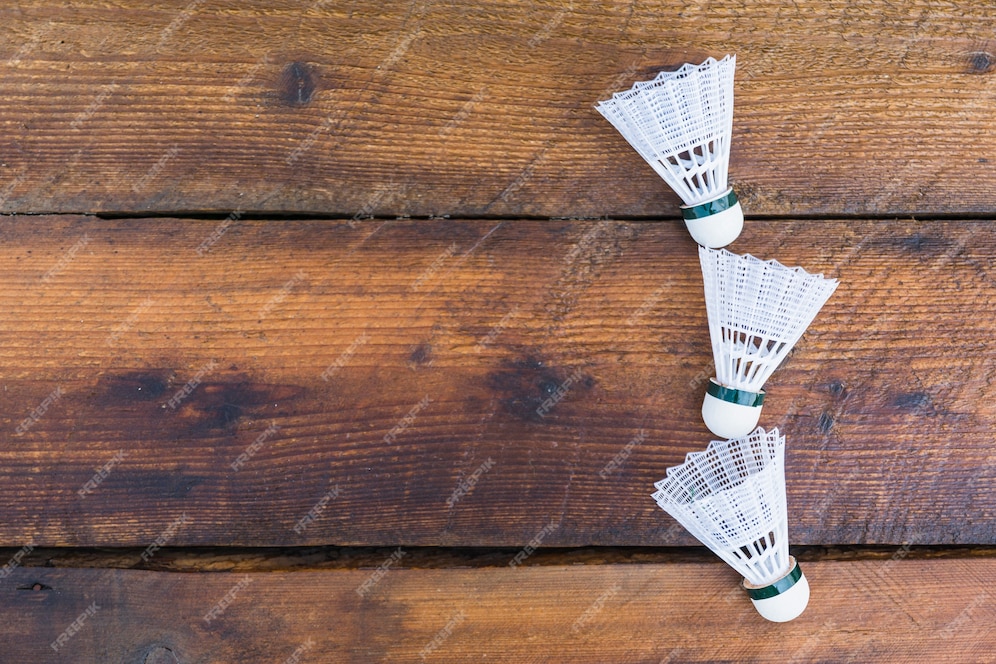A fairly normal assessment on badminton is that it is perhaps of the most secure game conceivable a tomfoolery, family game blameless of perniciousness and without any genuine risk of injury. Such thoughts are profoundly likely, given the massive prevalence of the game around the world, as diversion for youngsters during recess as well as a serious Olympic game.
Nonetheless, in spite of prominent sentiment, badminton players are likewise inclined to injury-some so serious in nature that they might require a very long time to totally recuperate. As per one review led by a Denmark-based gathering of specialists and distributed in 2006, badminton wounds happen at a typical pace of 2.9/individual like clockwork of play time. Regardless of being a non-physical game, where there is no actual contact between the rival players, badminton wounds happen much of the time for the most part because of over utilization of specific pieces of the body and once in a while as a result of mishaps happening unexpectedly and horrendously. For the most part they happen in players who wear some unacceptable shoes, don’t heat up, warm-up more than required, sport awful method, are overweight or by and large unsuitable. Wounds are seen in players who have not enjoyed sport for some time as well as in prepared players who have abused body parts, for example, wrists, lower legs, knees and elbows to give some examples.
Intense/Unintentional wounds:
Lower leg Injuries Albeit as yet needing in point by point measurable examinations, some exploration papers have shown that on a normal, lower leg hyper-extends comprise the greater part of all revealed badminton wounds. A lower legs sprain can be depicted as the extending as well as tearing of tendons and muscles in the lower leg. In outrageous cases, there may likewise be harm to ligaments, bones and other joint tissues. The subsequent draining inside tissues can cause unexpected edema and expanding of the lower leg, which in third degree hyper-extends, frequently requires over a half year to totally mend. Lower leg hyper-extends are unintentional in the vast majority of the occurrences and happen when the player lands on his accomplice’s foot or on the floor with his own foot turned inwards, outwards or flexed. The very fast directional changes expected during badminton, frequently make the feet turn over or bend, bringing about a hyper-extended lower leg. Weariness, additional body weight and shoes with more than typical ‘grasp’ are regular supporters of such wounds.
Meniscus Tear-This likewise goes by the layman-accommodating nom de plume ‘Torn Ligament Knee Injury’ and is basically as excruciating as a hyper-extended lower leg. During the unpredictable footwork expected during a badminton match-up, the meniscus or ligament, which gives a delicate padding between the thigh and shin bones, in some cases breaks, prompting torment in the joint-line of the knee, enlarging and failure to totally flex the leg. This may once in a while likewise be joined by a harmed or completely burst tendon, which builds the aggravation component and recuperating time. Ordinarily, the enlarging and torment settles down effectively for a great many people. Anyway for some sportspersons, the knee can become inclined to knee locking or ‘giving way’, in which case, medical procedure is required.
Muscle Strain-Unforeseen developments, like an unexpected above crush, may place muscles in different pieces of the body under tension, in this manner causing a disturbance of strands in the impacted muscle. This can bring about torment, expanding, swelling and in outrageous case, loss of capability. Muscles ordinarily impacted are the hamstring, knee, shoulder and calf, to give some examples.
Visual hurt-A Malaysian report purportedly called badminton the ‘sport which introduced the best visual danger in Malaysia’. One more Canadian review supported up these cases saying that 30-58% of all eye wounds in Canada brought about by racquet sports were ascribed to badminton. This might appear to be entertaining to a layman, since a shuttlecock looks everything except wicked, with its lightweight fluffy appearance, contrasted with the heavier balls utilized in tennis and squash. Albeit the recurrence of eye wounds on a normal is more in squash than in badminton, the last option represents wounds which are more noteworthy in seriousness. This is halfway on the grounds that the base round of the shuttlecock squeezes into the eye circle and furthermore as a result of the incredibly high paces accomplished during badminton. Badminton is generally viewed as the quickest racquet sport on the planet and shuttlecocks have been known to arrive at paces of in excess of 300 km/hour. On 25 September 2009, Malaysia’s Tan Help Heong set the worldwide crush record of 421 km/hour in the men’s twofold’s class at the Japan Open 2009. This is 1/third the speed of sound adrift level, so one can envision the impact of a shuttlecock going at that speed and hitting one’s eye. Saying the least would be excruciating.
Breaks Cracks are genuinely uncommon in badminton, albeit some have been accounted for. They regularly happen when another player’s racquet hits a player’s arm or leg or on the other hand in the event that the player himself tumbles down vigorously or then again if another player stumbles and falls/steps on him/her.




